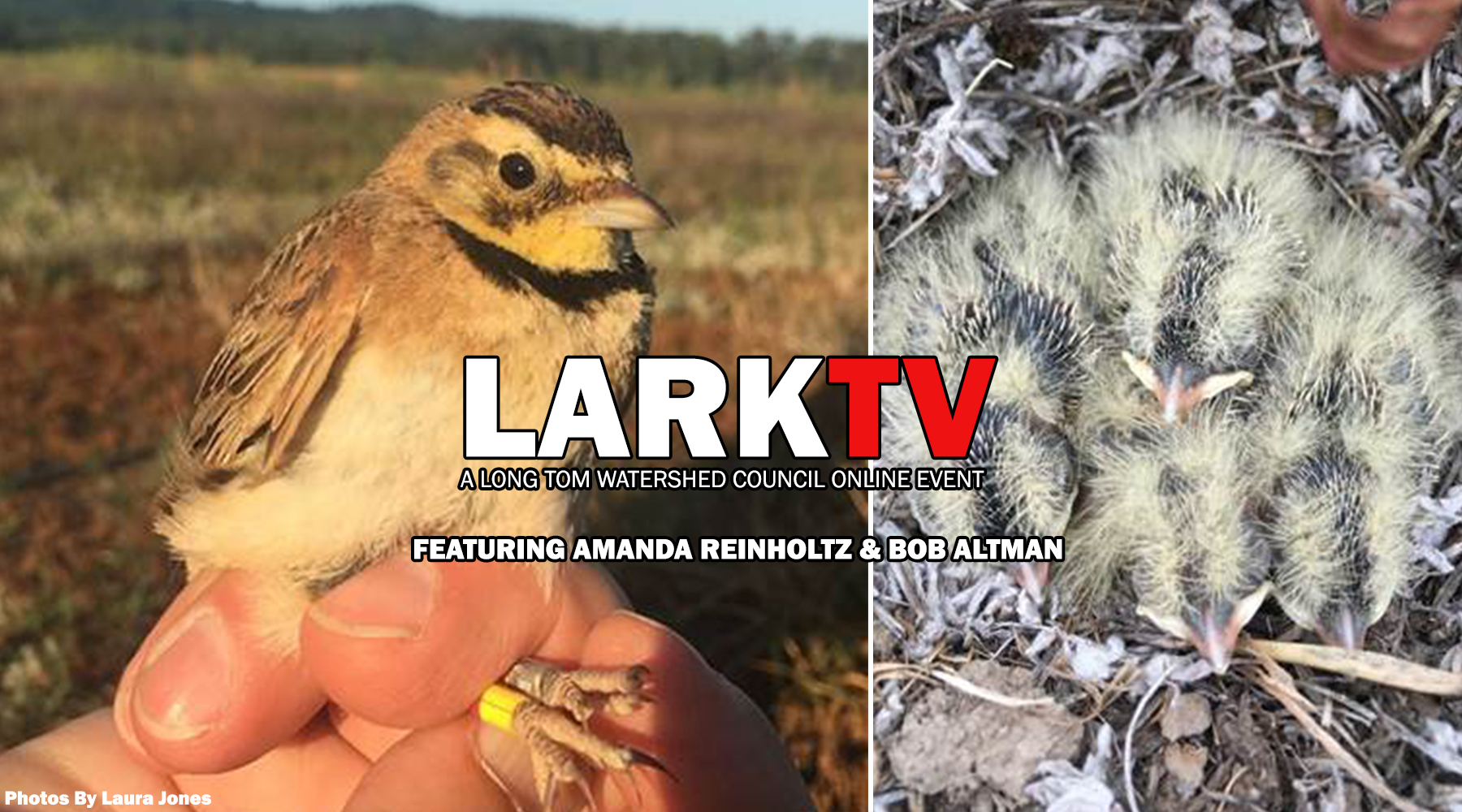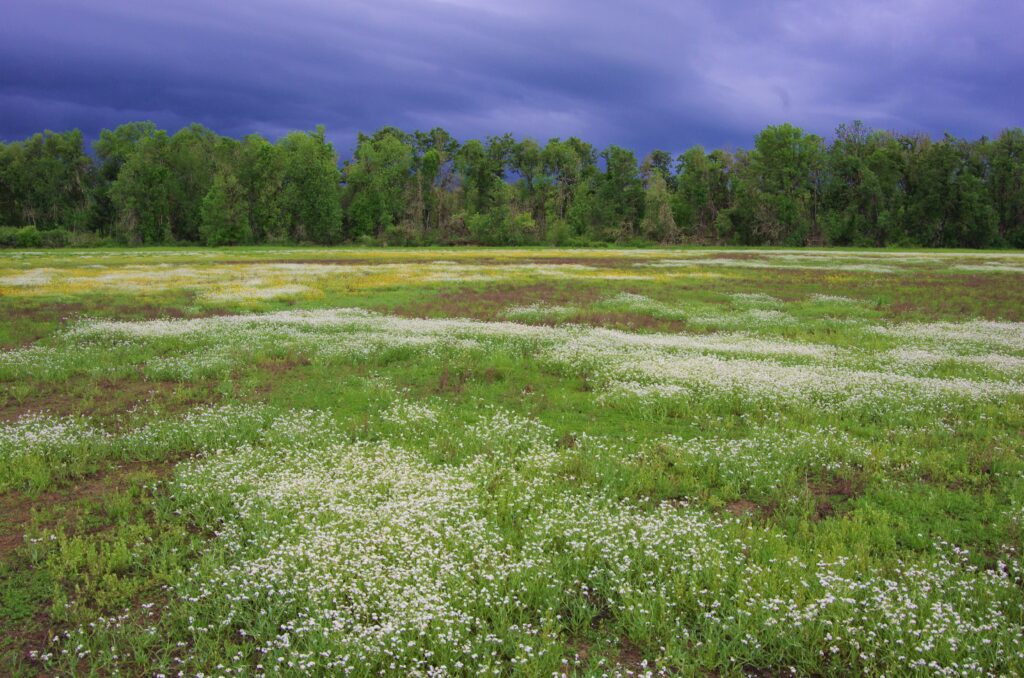Wed, August 26, 6 – 7 p.m.
Virtual Public Meeting streamed over YouTube Live
Open to everyone! View live or view later at your leisure
Continue reading for link!
Live Stream Event Link: youtube.com/LongTomWSC and click on the “Live” video at the top of the Channel at 6 p.m., 8/26.
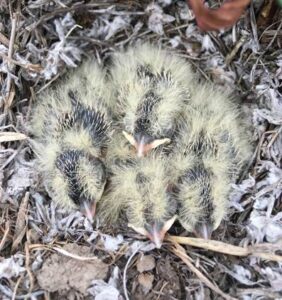
Join us for our very first live streamed watershed webcast on Wednesday, August 26 at 6 p.m. to learn about the rare Streaked Horned Lark and restoration efforts at Coyote Creek South. Wet prairies host an array of species, including many rare plants, and insects, amphibians, and birds such as the Streaked Horned Lark. Only about 1,500 of these rare birds remain, with about 80% of them in the Willamette Valley. Streaked Horned Larks depend on large expanses of sparsely vegetated and low-lying grassland for nesting, and drying vernal pools in wet prairies make ideal nesting habitat. However, 99% of Willamette Valley wet prairies are gone, and only about 8 square miles total remain!
Since 2015, the Long Tom Watershed Council has been working with partners to restore native wet prairie and vernal pool habitat at Coyote Creek South that will benefit larks and other wildlife such as the northern red-legged frog, grassland birds, and waterfowl. Managed by ODFW, the 116-acre restoration site lies between Eugene and Veneta, south of Highway 126. LTWC set up a program to monitor progress and detect changes in hydrology, monitor amphibian and bird populations, and evaluate plant establishment. We’re tracking trends over several years to quantify the benefits of the project to increasing rare wildlife, and so far the results are encouraging – especially for larks! No larks were detected when monitoring began in 2015 and 2016, and in 2018, larks began to establish after restoration activities were initiated. In 2019, five nests with fledgling birds were identified. This project is helping to welcome these rare birds back to their historic range!
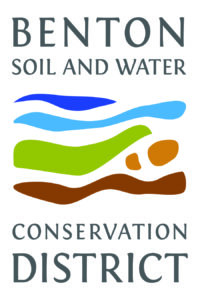 Funding from a grant from Benton Soil & Water Conservation District helped to put on this virtual presentation!
Funding from a grant from Benton Soil & Water Conservation District helped to put on this virtual presentation!
Presenters:
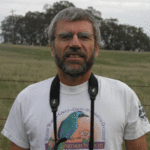 Bob Altman has been providing leadership and project management on numerous bird and habitat conservation activities in the Pacific Northwest for the last 30 years. This includes working internationally with partners in Mexico and Central America on conservation of our breeding birds that winter and migrate through those areas. Over the years, his areas of emphasis and interest have included prairie-oak bird and habitat conservation, cavity-nesting birds in ponderosa pine forests, flycatchers and aerial insectivores, writing management and conservation plans for agencies and non-governmental organizations, and developing population estimates and management objectives for landbirds. Recently retired from the American Bird Conservancy, he is now focusing his efforts on two imperiled bird subspecies in the Willamette Valley, Oregon Vesper Sparrow and Streaked Horned Lark. Bob will talk about the importance of wet prairie habitat to Streaked Horned Larks and other grassland birds, what he’s been seeing in the monitoring data over the last few years, and why projects like Coyote Creek South give hope for the continued survival of this rare species.
Bob Altman has been providing leadership and project management on numerous bird and habitat conservation activities in the Pacific Northwest for the last 30 years. This includes working internationally with partners in Mexico and Central America on conservation of our breeding birds that winter and migrate through those areas. Over the years, his areas of emphasis and interest have included prairie-oak bird and habitat conservation, cavity-nesting birds in ponderosa pine forests, flycatchers and aerial insectivores, writing management and conservation plans for agencies and non-governmental organizations, and developing population estimates and management objectives for landbirds. Recently retired from the American Bird Conservancy, he is now focusing his efforts on two imperiled bird subspecies in the Willamette Valley, Oregon Vesper Sparrow and Streaked Horned Lark. Bob will talk about the importance of wet prairie habitat to Streaked Horned Larks and other grassland birds, what he’s been seeing in the monitoring data over the last few years, and why projects like Coyote Creek South give hope for the continued survival of this rare species.
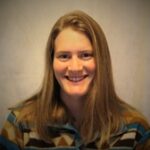 Amanda Reinholtz is LTWC’s Habitat & Water Quality Specialist, and as you may recall from our April newsletter, created an online interactive storymap of the Coyote Creek South project using Graphic Information System (GIS) tools. She brings extensive experience in GIS, remote sensing, and geomorphology, and she earned a B.S. in Geographic Science from James Madison University in Virginia, and an M.S. in Geography from the University of Oregon. Prior to joining the LTWC, Amanda worked first as a remote sensing field technician, then as a survey analyst and coordinator, for Quantum Spatial, a geospatial company specializing in the collection and processing of LiDAR and other remote sensing products. Amanda will walk through some highlights of the storymap, particularly those maps and graphics that help tell the story of Streaked Horned Lark restoration.
Amanda Reinholtz is LTWC’s Habitat & Water Quality Specialist, and as you may recall from our April newsletter, created an online interactive storymap of the Coyote Creek South project using Graphic Information System (GIS) tools. She brings extensive experience in GIS, remote sensing, and geomorphology, and she earned a B.S. in Geographic Science from James Madison University in Virginia, and an M.S. in Geography from the University of Oregon. Prior to joining the LTWC, Amanda worked first as a remote sensing field technician, then as a survey analyst and coordinator, for Quantum Spatial, a geospatial company specializing in the collection and processing of LiDAR and other remote sensing products. Amanda will walk through some highlights of the storymap, particularly those maps and graphics that help tell the story of Streaked Horned Lark restoration.
All are welcome to view this public, 1-hour webcast presentation!
We will post the link to the recording afterwards on this site so that folks may watch or re-watch later at their leisure.

